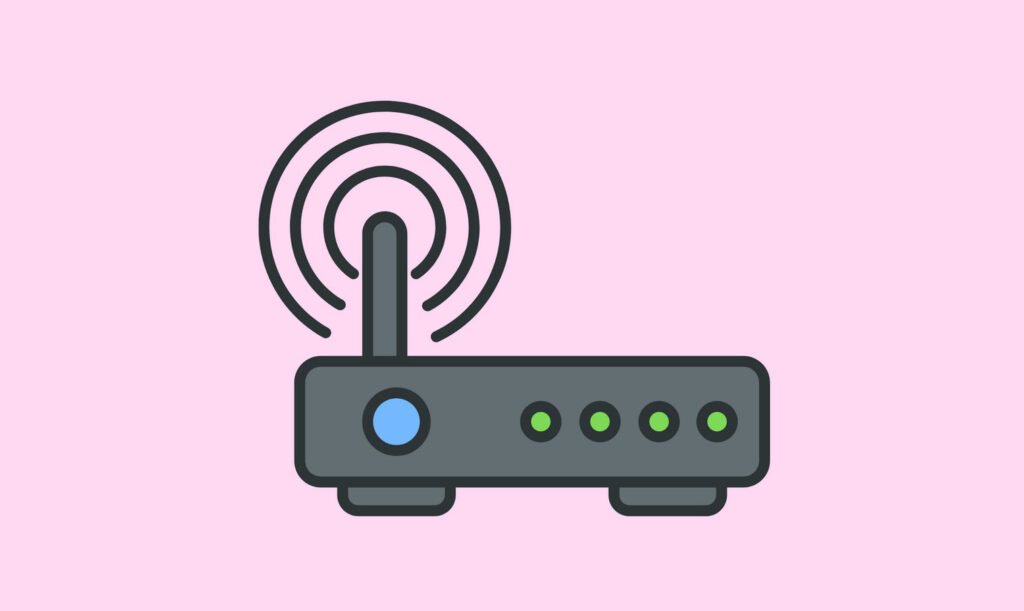In the world of ethical hacking and penetration testing, wireless networks present both challenges and opportunities. As an ethical hacker or penetration tester working with Kali Linux, mastering the various modes of a wireless network adapter is essential for conducting effective and secure assessments. Each mode serves a specific purpose, allowing professionals to perform different types of wireless penetration testing techniques.
In this article, we will explore the different modes of wireless network adapters in Kali Linux and their applications.
1. Managed Mode
Managed mode is the default mode for all wireless network adapters. In this mode, the adapter acts as a client, enabling the host system (such as Kali Linux) to connect to an access point or a wireless router. While this mode is suitable for normal network connectivity, it does not allow ethical hackers or penetration testers to perform any wireless penetration testing techniques.
2. Monitor Mode
Monitor mode is a critical mode for ethical hackers and penetration testers. In this mode, the wireless network adapter can passively scan for nearly all IEEE 802.11 wireless networks in the vicinity. It allows the adapter to capture wireless frames, such as beacons and probes, without actively associating with any access point.
This capability is invaluable for gathering information about nearby wireless networks and identifying potential vulnerabilities. Additionally, monitor mode enables packet injection attacks, which are essential for various wireless security assessments.
3. Master Mode
Master mode allows Linux-based systems to function as access points or wireless routers. When operating in master mode, the wireless network adapter can create and manage its wireless network, enabling other devices to connect to it. This mode is particularly useful for setting up controlled test environments or conducting wireless penetration testing against connected clients.
4. Ad hoc Mode
Ad hoc mode facilitates direct wireless connections between two host systems without the need for an access point or wireless router. In this mode, the two hosts are interconnected to form a mesh network. While less commonly used in modern Wi-Fi deployments, ad hoc mode can be beneficial in specific scenarios where establishing a quick peer-to-peer connection is necessary.
5. Repeater Mode
Repeater mode allows a host device to extend the coverage of an existing wireless network. In this mode, the device accepts an inbound wireless signal from an existing access point and then retransmits it to other clients on the network. Repeaters are valuable in situations where a wireless network’s range needs to be expanded without the need to deploy additional access points.
6. Secondary Mode
Secondary mode allows a host to serve as a backup device for a master or repeater system. If the primary master or repeater device fails, the secondary device can take over and continue providing network services. This mode enhances network resilience and ensures continuous connectivity even in the face of hardware failures.
In conclusion, understanding the different modes of wireless network adapters in Kali Linux is vital for ethical hackers and penetration testers. Each mode serves a specific purpose and provides unique capabilities for conducting wireless penetration testing techniques.
From the default managed mode for regular network connectivity to the powerful monitor mode for passive scanning and packet injection, each mode empowers professionals with the tools they need to identify and address potential wireless network vulnerabilities.
By leveraging these wireless modes effectively, ethical hackers and penetration testers can bolster the security of wireless networks and help organizations stay one step ahead of potential threats.




Pingback: 7 Different Types of Man-in-the-Middle (MITM) Attacks - Tech Hyme
Pingback: Top 9 Key Attributes of Worms (Their Behavior and Impact) - Tech Hyme